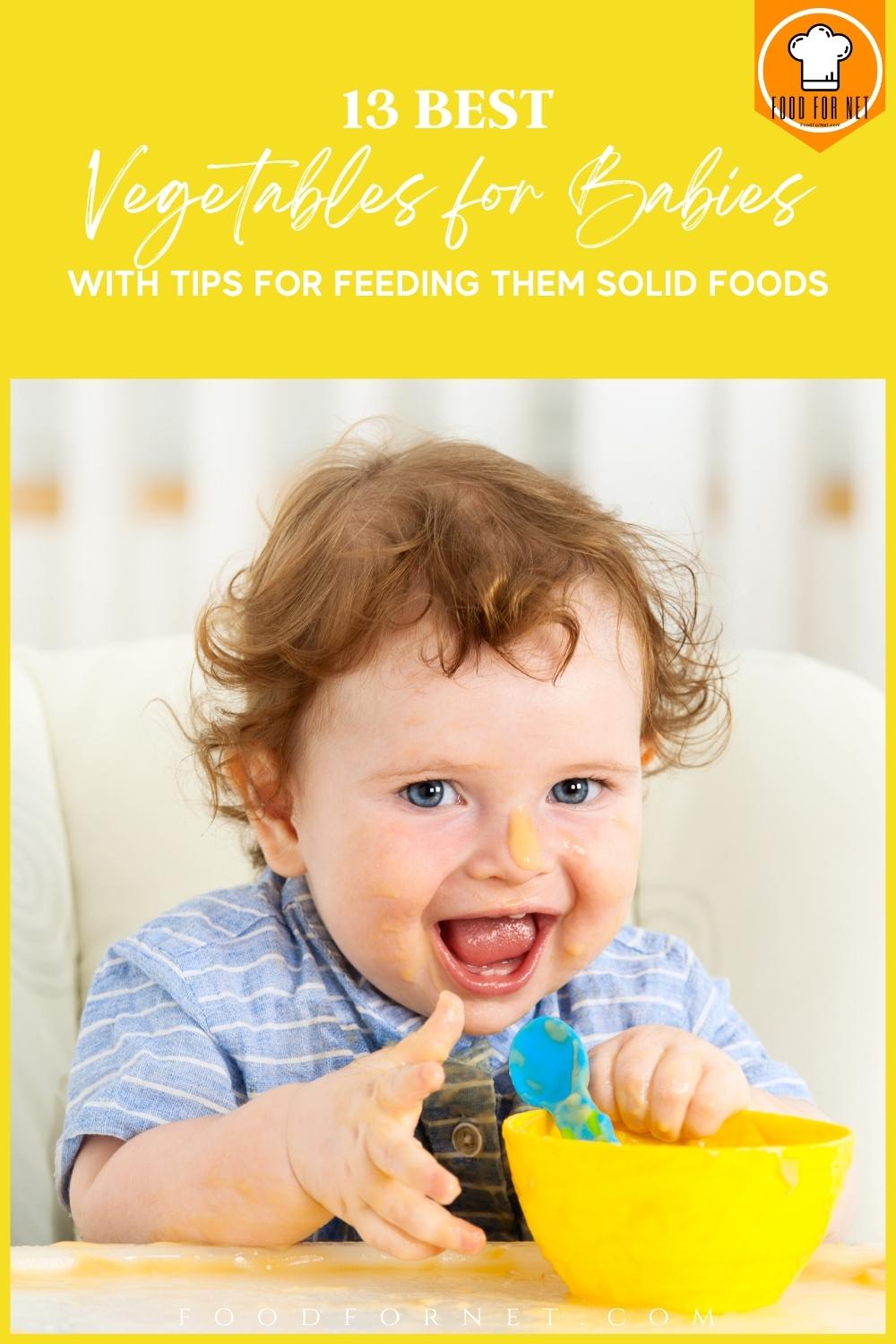
Babies rely on breastmilk or formula milk for the first few months of their life for nutrition. But at around 6 months old, they’ll need more than just milk to keep up with their growing needs. At around that age, solid foods can already be introduced. And some of those foods include the best vegetables for babies.
The right age for weaning or the process of starting them on solids varies. Although experts recommend slowly introducing them to other foods than milk at about six months, it is still highly dependent on your baby’s readiness and nutritional needs. There are babies who start on solid foods as early as four months but then again it differs for each baby. To keep your mind at ease, you can always ask your pediatrician’s advice regarding weaning.
Babies are developmentally ready for solid foods if they can already sit up (either on their own or with support), can control their head and neck, bring objects to their mouth, reacts when food is offered by opening their mouth, their tongue-thrust reflex is gone or has diminished, and can transfer food from the front to the back of their tongue to swallow.
Once your baby is ready for weaning, you can then take either of these approaches: traditional or baby-led weaning. With traditional weaning, you gradually introduce the baby to more solid foods starting with smooth purees, then mashed and chopped foods, then finger foods, and finally small bites. With baby-led weaning, the baby is encouraged to self-feed starting with solid foods as finger foods. They are given the freedom to explore solids at their own pace.
There are readily available commercial baby foods and through the years, it’s safe to say that they have really improved a lot. The baby food industry now offers different wholesome options to parents. There are even baby food subscription services available now for organic and nutritious baby food. These could come in handy for parents who are really busy and those who want an array of baby foods to readily choose from.
That said, if you can manage it, it’s quite easy to make baby food yourself. If you have a reliable blender for making baby food, then you’re off to a good start. You can make them in batches and simply use small freezer-safe containers to store them. One pro about homemade baby foods is of course you know what’s in it – it’s all-natural and free from any additives and preservatives.
As to the choices of food, there should be a combination of cereal, meat, pulses, fruits, and lots of vegetables, including some raw vegetables. Once you’ve introduced a number of these foods to your baby, you can then move on to combining one or two to create a more interesting flavor and nutritionally packed food offering. There are a lot of baby food combinations, see our list here for a few samples to inspire some ideas for your next baby meal planning.
But first things first, here are 13 of the best vegetables for babies. You can start from this list and gently introduce one of these vegetables at a time – especially when you’re just starting. You can steam, bake, roast, or microwave these veggies and then puree or mash them afterward. You can also offer them in bite-size pieces. More tips on feeding your baby solid foods at the end of the article.
Best Vegetables for Babies
Pumpkin
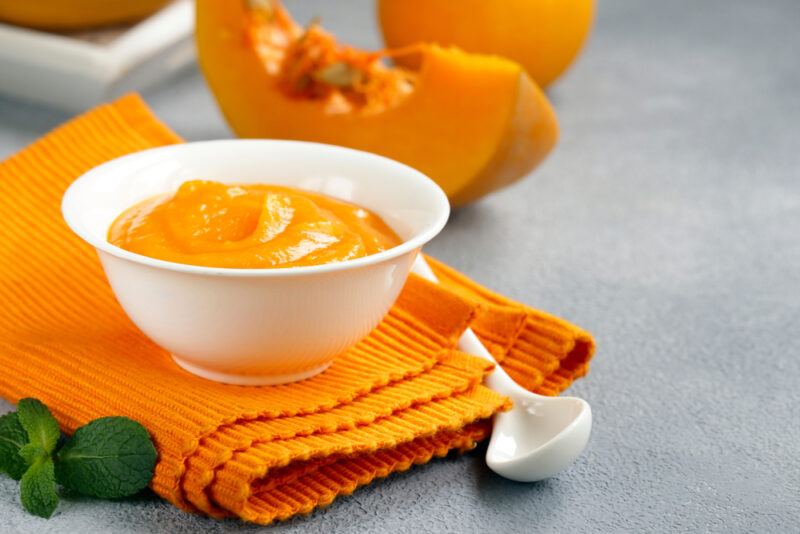
Whole pumpkins may be a challenge to crack open, but once you nail that step, you’re all good. Peeling the rind is much easier when they’re in smaller slices. Well-cooked pumpkin can be served mashed or in crescent-shaped or bite-sized pieces that the baby can grab with their hands.
Pumpkins are packed with vitamin A and depending on the variety, it also contains vitamin E, vitamin B6, folate, fiber, vitamin C, iron, and potassium. It also has high contents of carotenoids like lutein and zeaxanthin which help the body in fighting natural cell damage.
Carrots
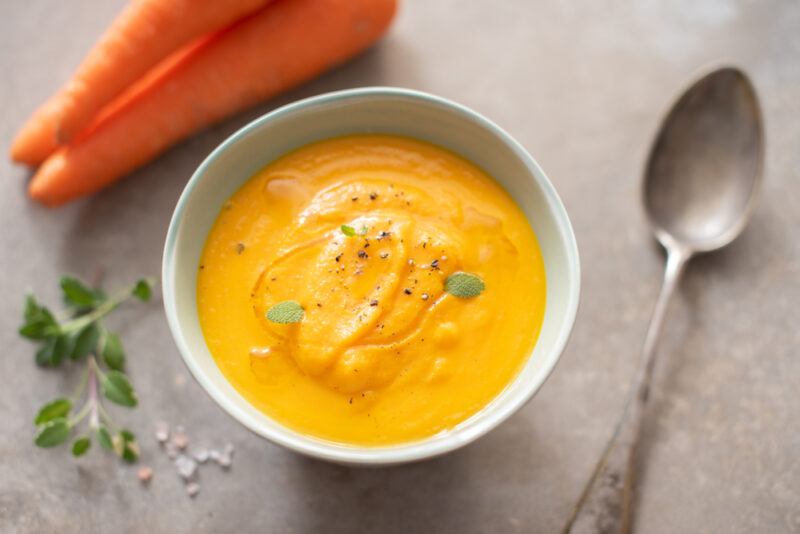
Carrots come in many colors but their nutrient density depends more on the quality of the soil in which they’re grown rather than on their color. Carrot puree is a great way to introduce veggies to your baby. Carrots are also low on the allergy scale and can be easily digested as well.
Dark orange carrots have the most vitamin A, purple carrots contain anthocyanin, yellow carrots have lutein, and red carrots contain lycopene. Generally, carrots are a good source of beta carotene, fiber, vitamin K1, potassium, and antioxidants.
Peas
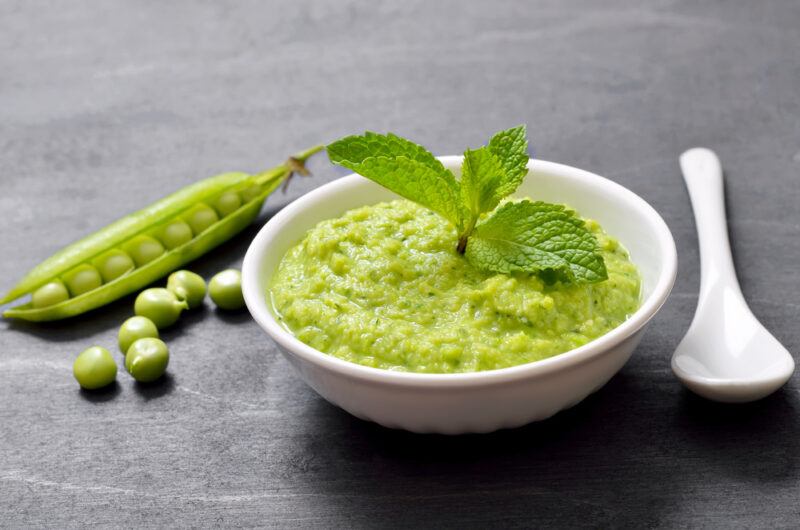
Opt for fresh or frozen peas when shopping for peas because canned peas are loaded with excessive amounts of sodium. Take note as well that due to their round shape, peas can pose a choking risk. If you’ve graduated from puree peas and have moved on to serving whole peas, you can simply serve them without a container – that way, your baby will be forced to pick it up individually rather than taking a fistful (especially when peas are served in bowls).
Peas are rich in fiber, protein, and omega 3 fatty acid called alpha-linolic acid. It’s also a good source of vitamins A, C, and K, iron, zinc, folate, and B vitamins. It also contains phytonutrients that have antioxidant and anti-inflammatory properties.
Cauliflower
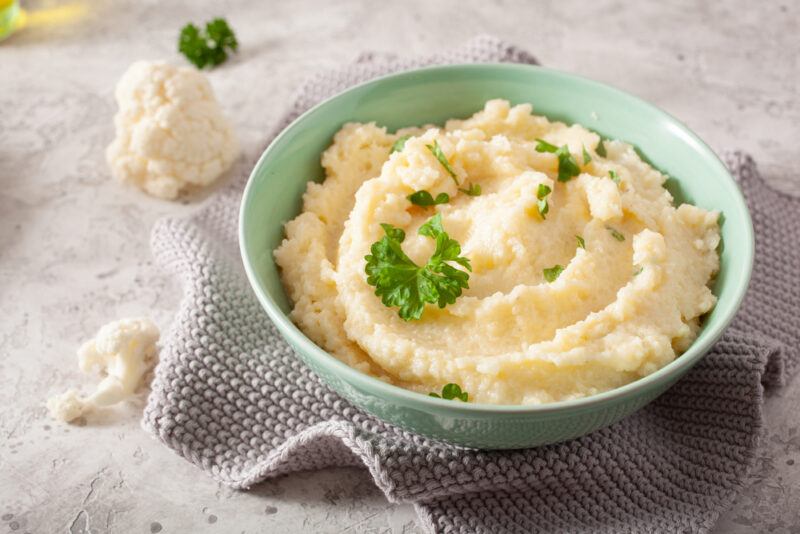
You can easily break the cauliflower into florets and simply steam them. If the little ones are ready for more solid foods, then simply serve them as is, or you may also turn them into a puree. You can also try roasting or boiling them, steaming however retains the most nutrients.
Cauliflower is packed with vitamin C and vitamin K. It also contains potassium, magnesium, calcium, and dietary fiber. It also has glucosinolates that get broken down into compounds that have anti-inflammatory, antibacterial, and antiviral properties.
Broccoli
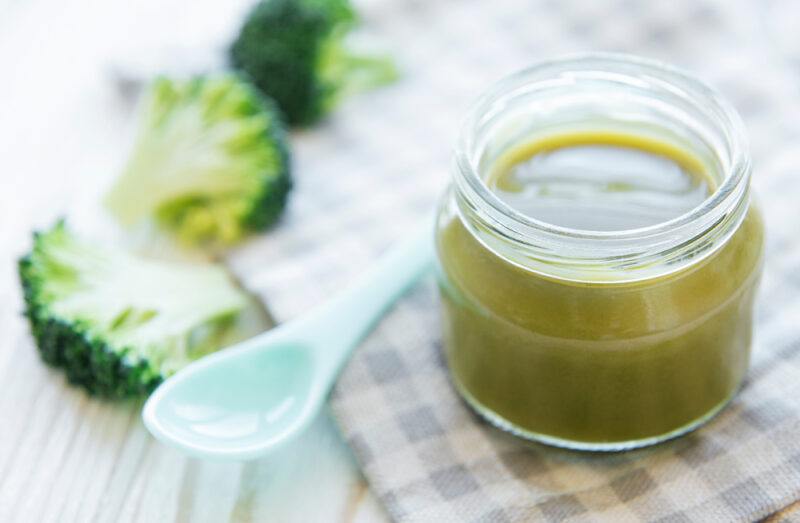
Preparing broccoli for babies is pretty much the same way how you would prep cauliflower. We know that broccoli is a nutrient powerhouse, but take note though that it may cause gas to some babies, so be watchful for any such signs. You’ll have to delay adding broccoli to their diet when that happens.
Broccoli’s vitamin C content is as much as that of an orange. It’s also rich in calcium, iron, phosphorus, zinc, potassium, thiamin, niacin, riboflavin, folate, and vitamins A, B6, B12, E, and K. It’s also full of many helpful natural chemicals like sulforaphane.
Beets
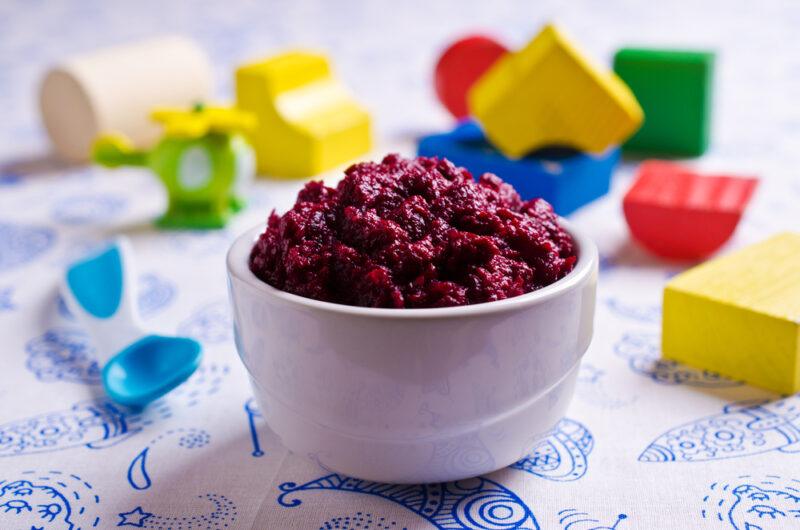
Beets come in red, yellow, and white, sometimes even with pink stripes. The dark-colored ones are packed with antioxidants and anti-inflammatory properties. Keep in mind, too, that red beet can affect your baby’s poop and urine’s color to bright red. So don’t worry, that’s natural.
Beets contain vitamin C, vitamin A, folate, manganese, potassium, carotenoids, and many plant nutrients that act as antioxidants. It’s also naturally high in nitrates which helps in lowering blood pressure. Its fiber contents help in boosting healthy digestion.
Cucumbers
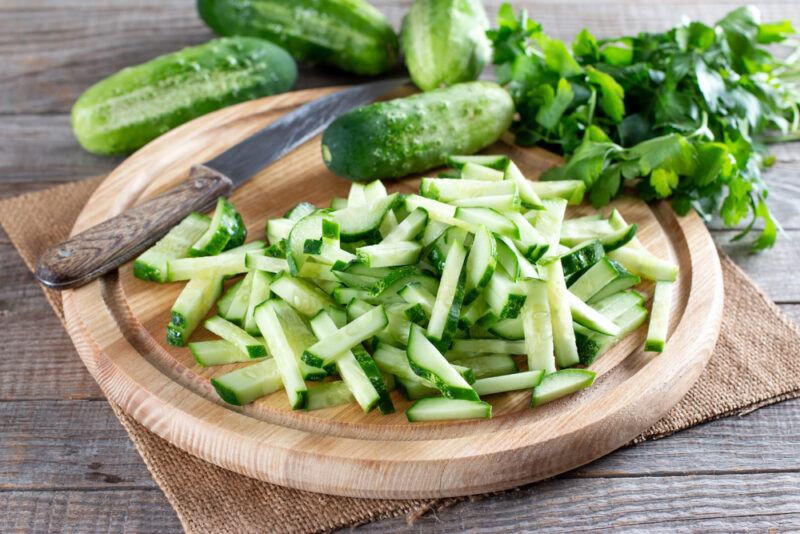
Remove the tough outer skin as well as seeds when prepping cucumbers for your baby. Not only does the skin pose a choking hazard but it may also be tainted with pesticides residue even after washing. Aside from pureeing and cutting them into small pieces, you can also try grating them or spiralizing them.
Cucumbers are known for their antioxidants content including flavonoids and tannins which help in fighting free radicals in the body. It’s also rich in vitamin K. Cucumbers also contain vitamin C, potassium, manganese, magnesium, and fiber.
Butternut squash
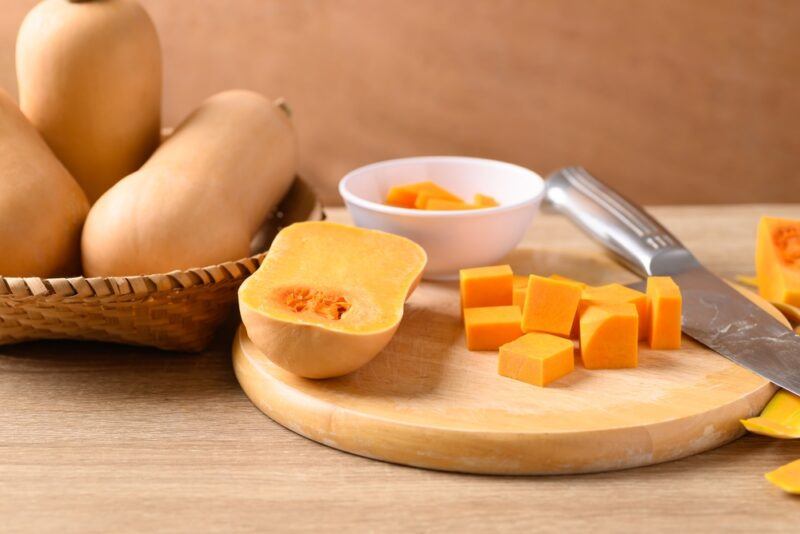
Butternut squash puree is not just a sweet, creamy, and healthy baby food, but it’s also freezer-friendly and budget-friendly at the same time. And it doesn’t hurt either that it’s so easy to prepare. Simply cut and peel, sliced into small pieces, steam, and then puree (or serve in bite-sized pieces).
Butternut squash is high in vitamin A and C. It also contains fiber, manganese, potassium, magnesium, pyridoxine, vitamin E, folate, niacin, and thiamine. Butternut squash also boasts healthy doses of antioxidants like beta carotene.
Bell peppers
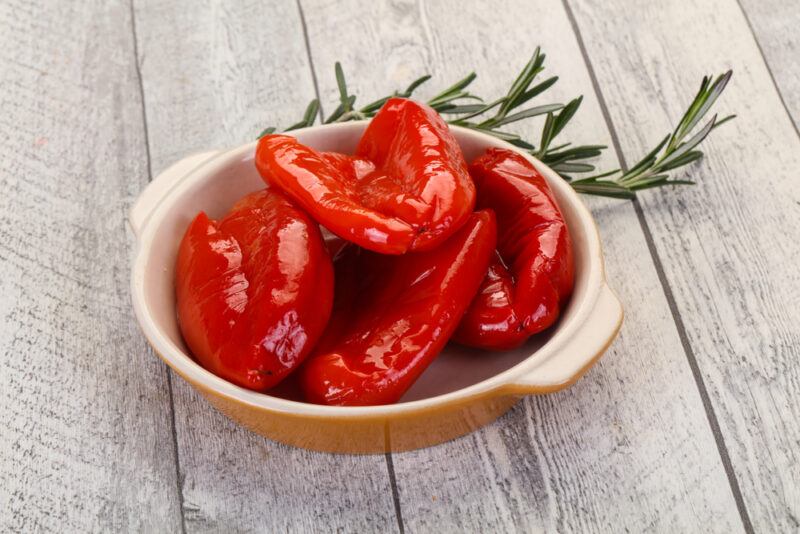
Although true allergy to bell peppers is uncommon, it is still part of the nightshade family of plants. So, you may want to watch out for any sensitivity to the alkaloids found in nightshades veggies. It’s also best that you served them cooked.
Bell peppers are packed with vitamins A and C. It also contains vitamin B6. Its nutrition profile varies depending on its color. For instance, red, orange, and yellow peppers contain the most beta carotene and other carotenoids. Purple and brown bell peppers on the other hand are high in anthocyanins.
Spinach
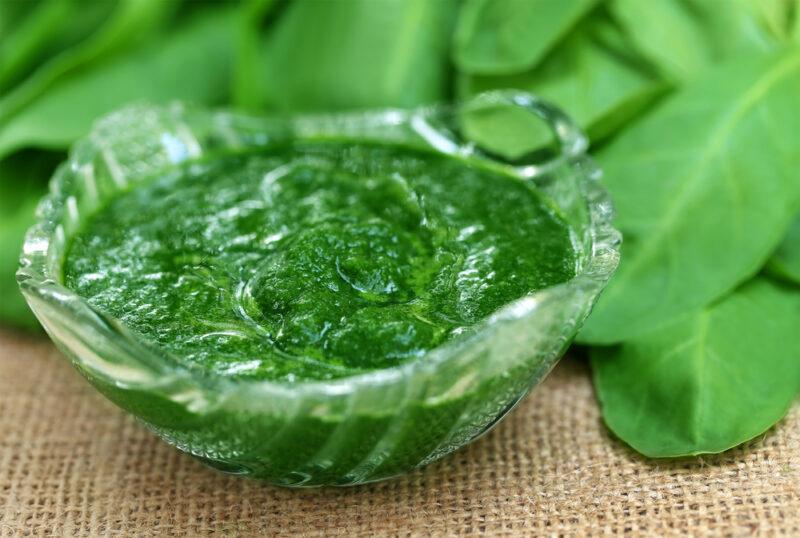
Spinach may not be the usual veggie that kids love because of its bitter taste, but babies are more accommodating with new flavors – given that they’re just starting to learn new ones. So, it’s a great way to have them get used to the taste and hopefully, the affinity will stick as they grow up.
Spinach is an excellent source of vitamins A, C, and K1, folic acid, iron, and calcium. It’s also known for its carotenoids and insoluble fiber content. Among its many plant compounds includes lutein, kaempferol, nitrates, quercetin, and zeaxanthin.
Beans

Beans are actually a good choice for baby food because not only are they nutrient-dense but they’re also easily pureed, typically bland, and pair well with other flavors. Some of the good choices include kidney beans, garbanzo beans, cannellini beans, and pinto beans.
Beans are excellent sources of plant-based protein. It’s also rich in iron, magnesium, calcium, folate, potassium, and zinc. Its fiber content helps in improving the digestive system of your baby.
Tomatoes
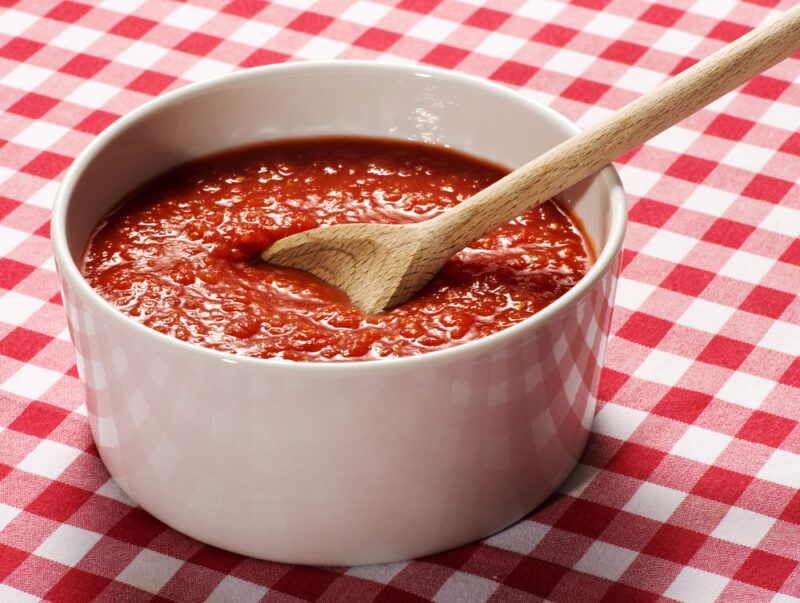
Tomato purees or mashes without the skin are perfect for babies who are just starting with solid foods. Aside from its color, it also has an interesting flavor profile. As your baby gets used to the flavor and texture of pureed tomatoes, you can then move on to serving them, small, cut-up, peeled tomatoes.
Tomatoes are high in vitamin C, folate, and potassium. It’s rich in carotenoids especially lycopene, beta carotene, gamma-carotene, and phytoene. It also contains vitamin E, flavonoids, phytosterols, and several water-soluble vitamins.
Sweet potatoes
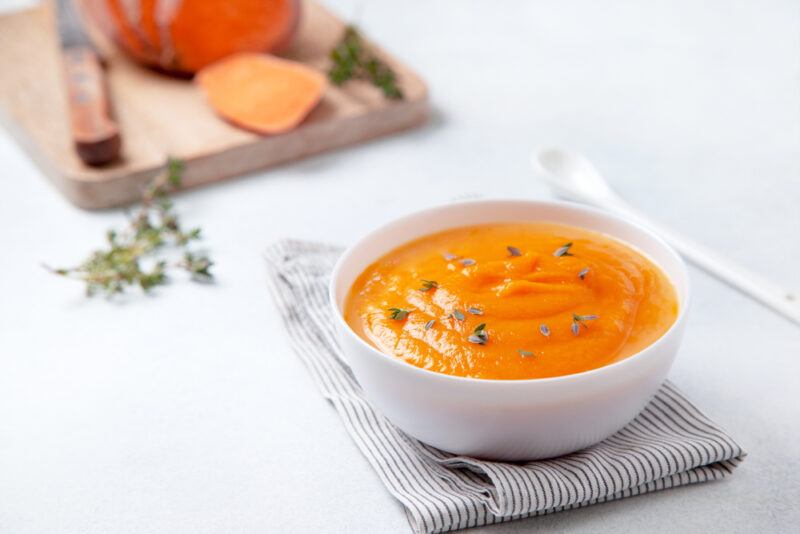
Sweet potatoes are actually a great baby food. It has a naturally sweet flavor, soft texture, and vibrant color. It doesn’t hurt, too, that it’s easy to prepare and also very affordable. You can simply steam, boil, or roast them, and then turn them into a puree. If your baby is ready for more solid food by now, then you can simply serve bite-size sweet potatoes.
Sweet potatoes are packed with vitamin A. It’s also rich in vitamins C, D, and B vitamins, calcium, iron, magnesium, phosphorus, potassium, thiamin, and zinc. It also contains natural compounds like carotenoids which protect cells from day-to-day damage.
Tips for Feeding Your Baby Solid Foods
Wash hands and keep food safety in mind
Food safety means properly buying, preparing, and storing food to prevent the spread of bacteria that can cause foodborne illnesses. Don’t forget to always wash your hands before and after handling foods. Make sure, too, that you have clean utensils and a clean working area.
Start with one single-ingredient food at a time
Since you only started introducing solid food to your baby, it’s best that you give them single-ingredient food at a time. That way, your baby will be able to gently adjust to new tastes and textures. You’ll be able to observe as well, any possible allergic reaction to certain foods. Serving them one type of veggie at a time will help you pinpoint which veggies are causing them any discomfort or which ones are they particularly interested in the most.
Make sure that the food’s texture matches your baby’s development
This is particularly important because some foods are potential choking hazards. For starters, you want to start with mashed, strained, or pureed foods with a smoother texture. Thicker and lumpier foods can be introduced as your baby develops oral skills. When you’re baby’s ready, you can then start offering bite-sized pieces that they can simply grab themselves.
Keep an eye on your baby while eating
It’s important that you give your baby full attention when they’re eating. You should observe their reaction to food, encourage them to eat slowly, and take note of any noticeable development that may suggest they’re ready for an introduction to yet another food. Of course, at all times, watch out for any signs of choking or food allergy.

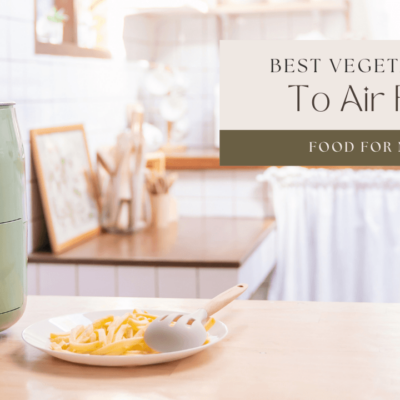

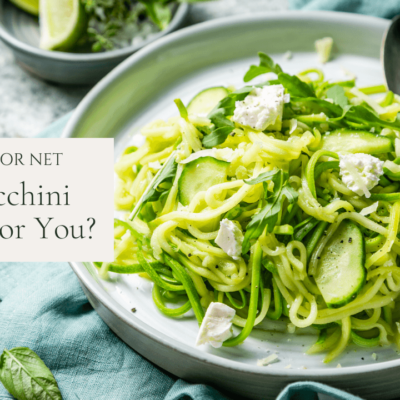
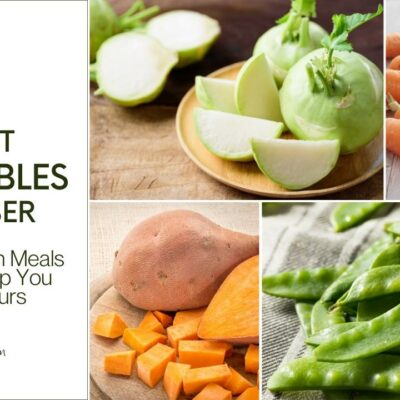


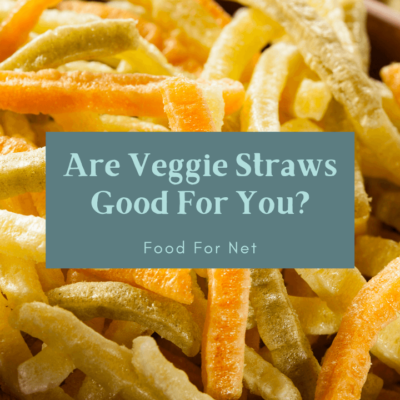
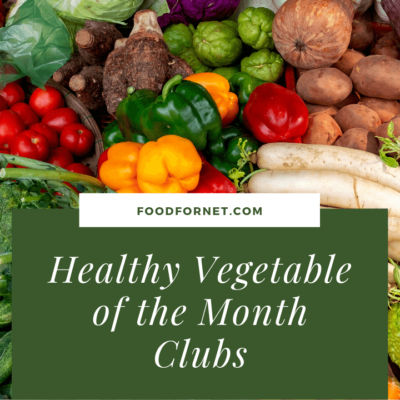
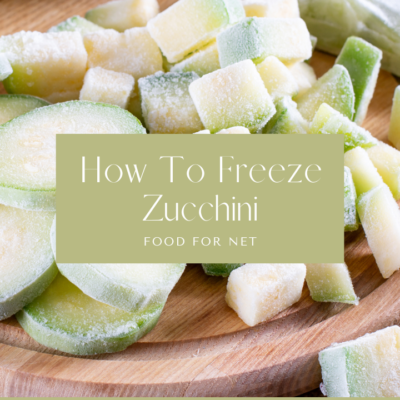
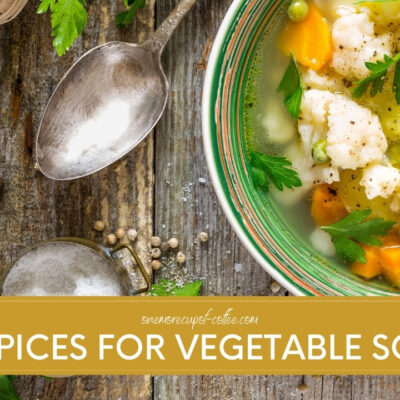
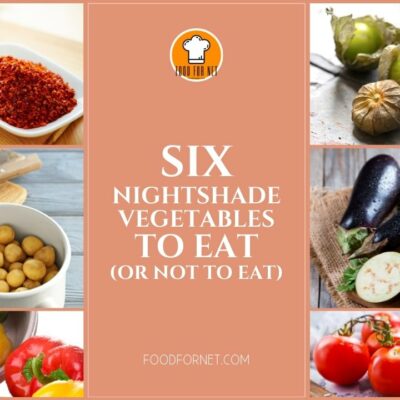
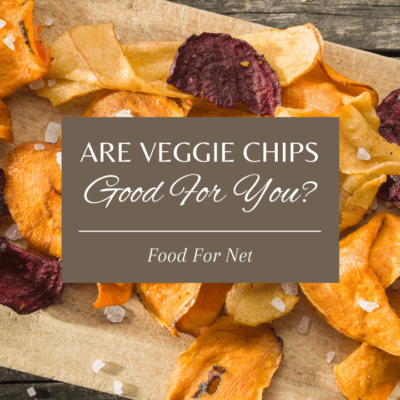
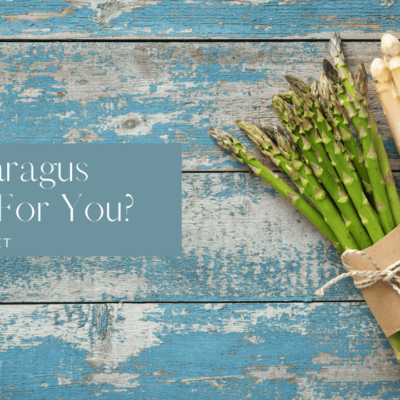
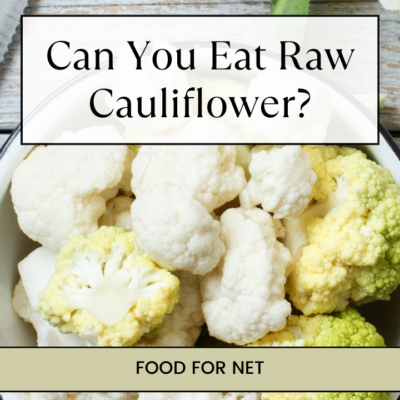
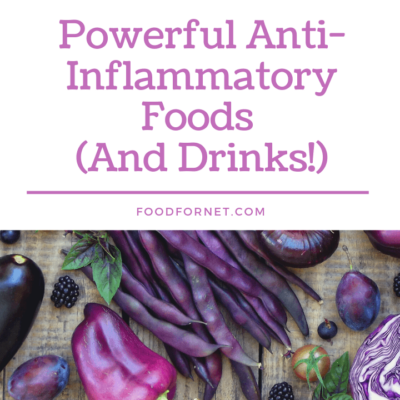

 Is Sesame Oil Good For You?
Is Sesame Oil Good For You?
Leave a Reply